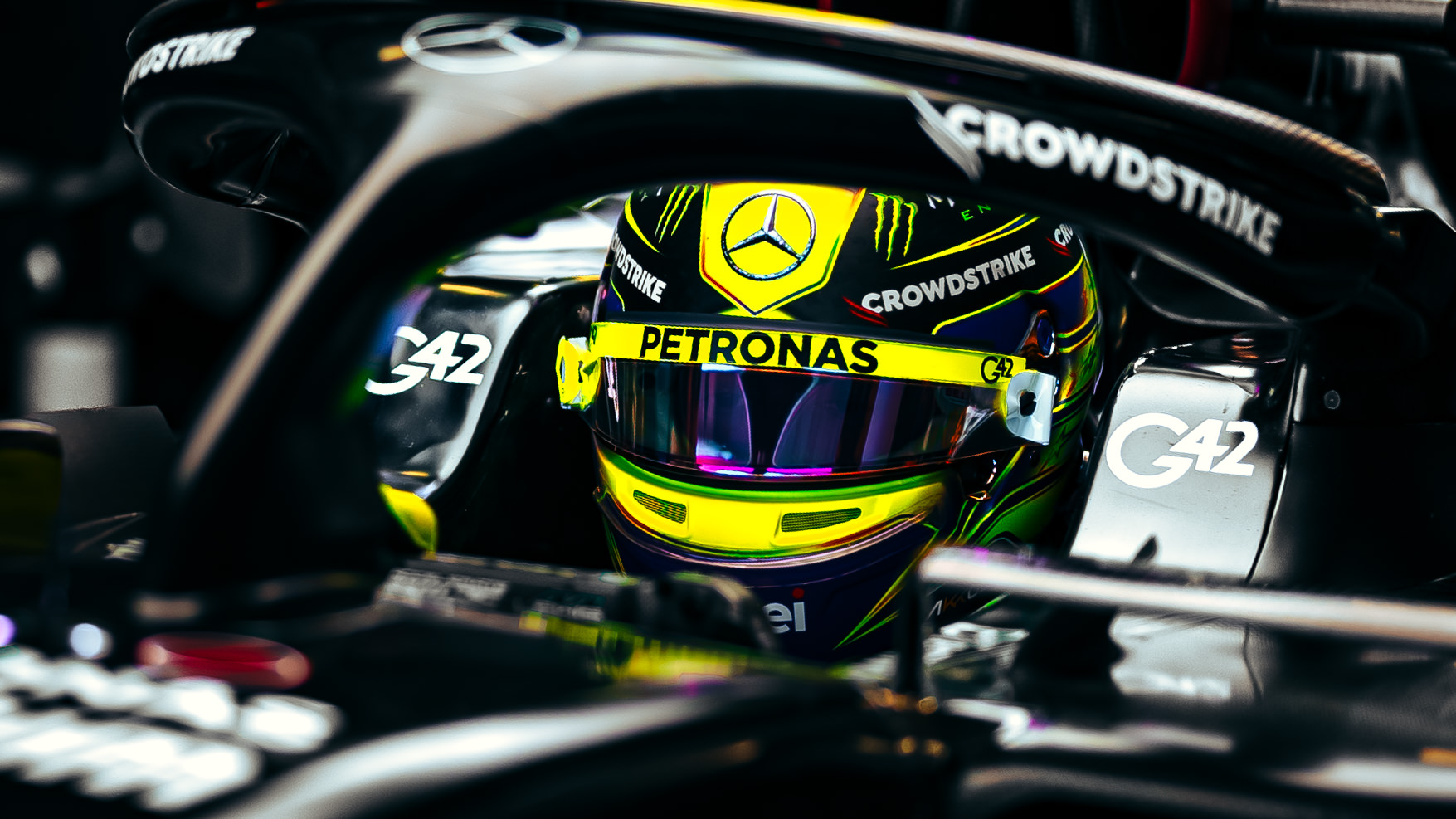
Lewis Hamilton expressed his dissatisfaction with Mercedes’ approach last year, but there will be a distinct change for the Silver Arrows in 2024.
Early signs indicated that Mercedes would face challenges with the W14, starting from pre-season where the lap times during testing didn’t showcase the full potential of the 2023 challenger.
After the Bahrain race, the Silver Arrows acknowledged their error and promptly decided to abandon the “zeropod” concept, recognizing its limitations.
Implementing new ideas was not an immediate process for Mercedes. Even with the shift to a more conventional design, it became evident that not all of their issues could be resolved.

The team’s performance in the last season only partially recovered after the introduction of more conventional sidepods in Monaco, highlighting the ongoing challenges resulting from their initial development path.
Additionally, Lewis Hamilton was notably affected by the team’s misguided development direction, amplifying the impact of the overall situation.
Hamilton’s input taken into account for 2024
To accommodate the unconventional sidepod design of the W14, Mercedes F1 adopted a unique seating position at the start of the previous season. In essence, the placement of the seat was more forward compared to most cars, a necessity to complement the distinctive shape of the car.
This seating arrangement, however, did not align with Lewis Hamilton’s usual preferences. The seven-time Champion expressed a desire for a more traditional position, but this adjustment was only made after Mercedes embraced a new design philosophy.
With the introduction of the W14’s conventional sidepods came a return to a more standard seating position, resulting in a more comfortable experience for Hamilton in the car. Throughout the season, it became evident that the British driver found greater satisfaction in the car’s balance compared to the previous year.
According to a recent report, Mercedes plans to maintain the rearward seat positioning for the 2024 season. This decision aims to enhance Hamilton’s connection with the rear of the car, potentially leading to improved performance.
In Formula 1, progress relies on a delicate balance between theoretical data and on-track feedback. Mercedes, under the leadership of James Allison and the technical team, has recognized this dynamic, adapting their approach and learning from past shortcomings.
While their overall philosophy may not align entirely with Red Bull, the experiences of the past year have equipped Mercedes with a better opportunity to implement significant changes necessary to compete for victories.
Leave a Reply